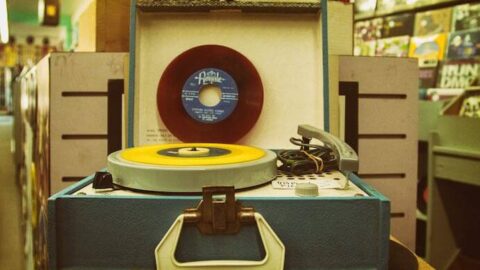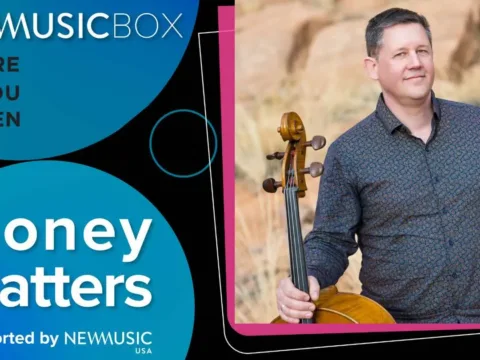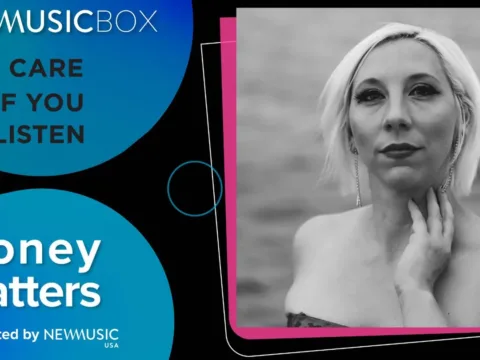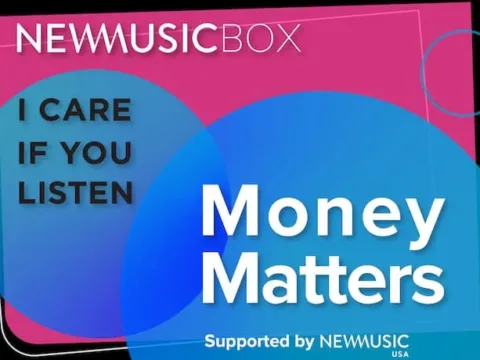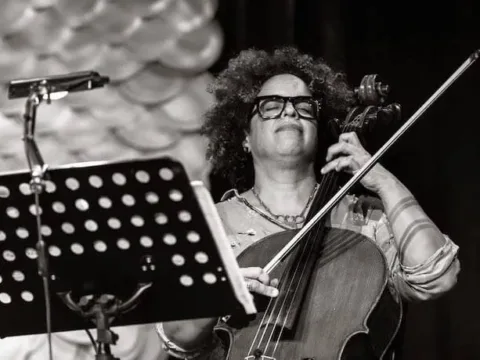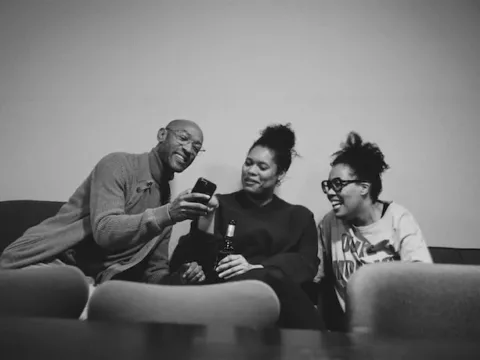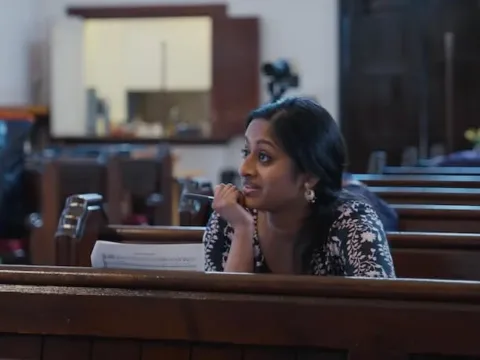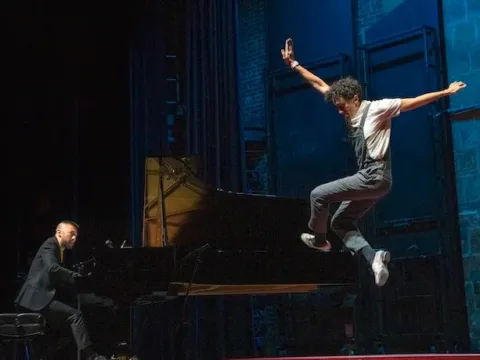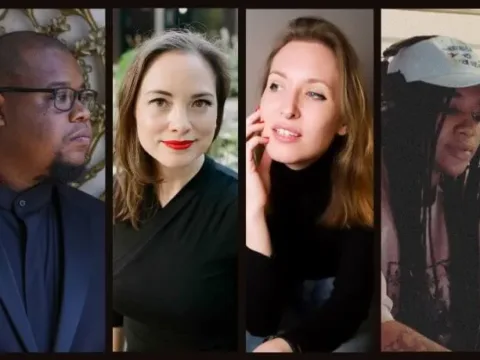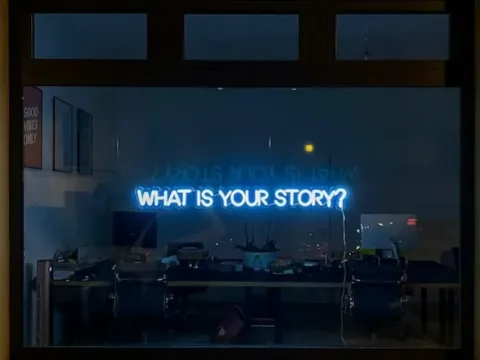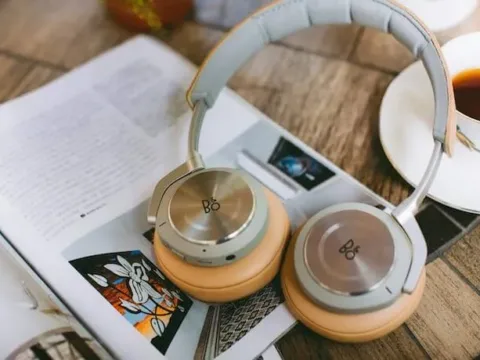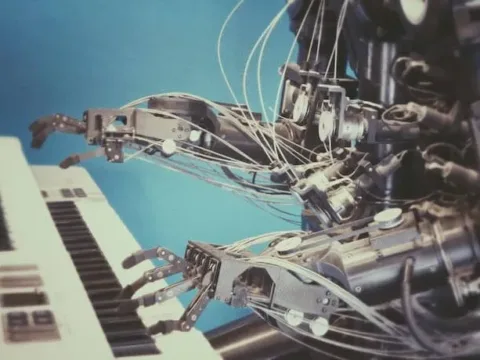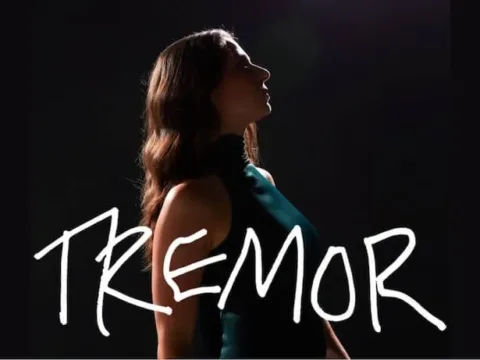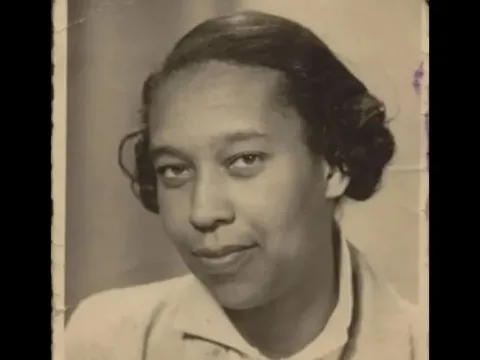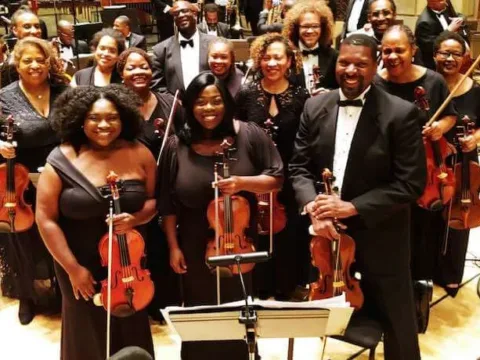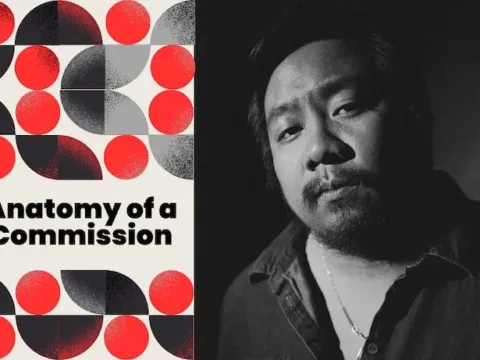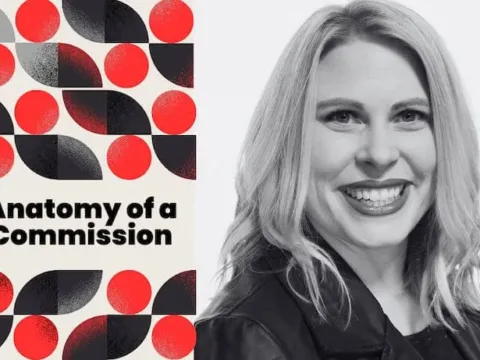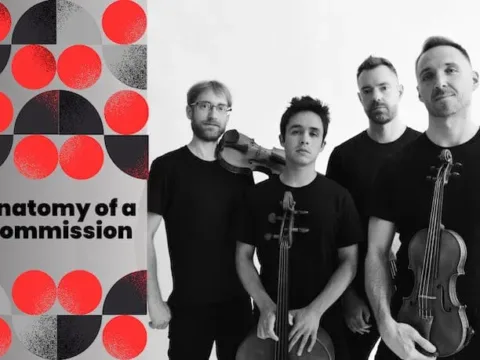As artists who are also listeners, we tend to have a complex relationship with recorded music. When we were kids, we encountered only the music that was made available to us. Hearing a song on the radio while riding in the car, on our parents’ home stereo, or even in the background of our favorite video games established the spaces in our daily lives we continue to fill with music as adults. For many of us, these early musical encounters served to inform the ongoing staples of our listening diet.
From the departure point of what we heard incidentally as children (shaped by what we were allowed to hear or not), our personal tastes and preferences began to emerge and eventually pushed us to seek out music we hadn’t heard before as we gained more autonomy. In decades past, the discovery of new music was largely driven by our ability to find physical albums, but our current era is defined by broad and seemingly limitless accessibility. With a trip to the record shop no longer being the only option, the economy of making music has recently occupied the spotlight in unprecedented ways, driven by the evolution of how and why we listen to recordings. Where access was once guarded by the cost of a CD, listeners now have an endless supply of music either free of charge or for a nominal subscription fee.

But the days of finding a scrappy 7″ at the bottom of a milk crate or a CD made on tour by some forgotten small town band are not entirely gone; 2020 showed vinyl sales surpassing CDs for the first time since 1986, and most remarkably, the cassette tape is back in force. Still, we rely on algorithms and “content curators” to parse all of the music available on digital platforms, even though digitally-available releases are a mere fraction of all music recorded. And of that fraction, algorithmic (or even human) curation further reduces the music available to the consumer.
On the other hand, the ability artists now have to make and distribute their own recordings directly to their audience is more diverse and common than ever before. Instagram, TikTok, Soundcloud, and other forms of social media make it free for anyone to record right into a smartphone and broadcast to the world. But despite this newfound ease of DIY production and distribution, for many musicians producing a studio recording is still thought of as the pinnacle of artistic accomplishment – a crucial part of the established cycle of recording albums, releasing singles, going on tour to promote the album, and then going back into the studio to start the process over again.
In the realm of classical music, the primary mode of consumption has typically been from within the concert hall. For us, one ‘gets to Carnegie Hall’ by practicing, not by releasing a record…
Unlike pop musicians, orchestras and other classical artists don’t typically cut an album and then go on tour to promote it because, simply put, a robust touring economy does not exist in our field. In the realm of classical music, the primary mode of consumption has typically been from within the concert hall. For us, one “gets to Carnegie Hall” by practicing, not by releasing a record, so instead, classical recordings often serve as a supplement that connects the listener with a certain performance or a definitive rendering of a particular work.
While to some, producing an album is a badge of legitimacy, not every recording is a “record” in this sense. For the contemporary composer, there is somewhat more urgency, as having new works performed (let alone recorded professionally) can prove an endlessly fruitless struggle. Some new music only finds its way to the stage once, so the recording serves an important archival function and is reduced to mere evidence that the work once occupied a performance space. That said, with the present day capability to easily make and playback recordings, can the convenience of being able to record a new work somehow preclude it from finding longevity in live performance? By the same token, what is to be gained by continually recording centuries old music? Some might argue we need more live performances of new works and fewer recordings of old ones!
[Tweet “In decades past, the discovery of new music was largely driven by our ability to find physical albums, but our current era is defined by broad and seemingly limitless accessibility.”]
To further muddy the waters, the modern-day rebranding of artists as “content creators” suggests in a way that the package (i.e., the popular Instagram post, the viral YouTube video, the top track on Spotify, etc.) outweighs the value of the actual content. The contemporary landscape demands so-called content of all kinds for consumption by a curious and increasingly voyeuristic audience. Indeed, we are already seeing the second and third generations of major pop stars emerging not thanks to the success of their debut album (or even necessarily to their creativity as artists), but to the virality of their amateur efforts on YouTube and social media platforms. In some cases we as consumers are more compelled to see into the bedrooms of these creators than by what they create.
So why do we listen to recordings? This is probably too profound a question to pose here, and the role recordings play in this may offer no less complexity in reaching a conclusion, but it’s still worth considering.

For me, (Ciyadh/performer), both listening to and creating recordings serve similar functions in my life and work. I listen to recordings as a means of studying, practicing, and learning music that I hope to perform in the future, notwithstanding consuming recordings for entertainment purposes. Making recordings continues to be a way that I create and express art.
And for me (Christian/composer & audiophile), listening to recordings is an activity unto itself, the goal of which is not to mimic reality but to hear the subtle nuances of the recorded media. Pop music generally offers a straightforward perspective, in that the studio recording is the composition (the orchestration extends beyond the instruments we hear to the compressors and amplifiers and microphones; even the shape and acoustic of the room). While a band’s sound may differ when you go to hear them on tour, we tend to look back to the album as the source of what we can expect to hear live. But in classical music, how many times has a Bach Partita or a Mozart Symphony been recorded? Selecting the right recording of The Firebird to listen to could become a lifelong pursuit, and still, in doing so are we only making a temporary substitution for hearing these works in performance?
Regardless of why we listen, it’s clear that recordings serve myriad functions in our lives as artists – they allow us to have fulfilling creative experiences, promote a personal brand, and archive important live performances. And as listeners, recordings provide both portals to spaces and times that are long gone and the opportunity to discover something new.
I CARE IF YOU LISTEN is an editorially-independent program of the American Composers Forum, funded with generous donor and institutional support. Opinions expressed are solely those of the author and may not represent the views of ICIYL or ACF.
A gift to ACF helps support the work of ICIYL. For more on ACF, visit the “At ACF” section or composersforum.org.
